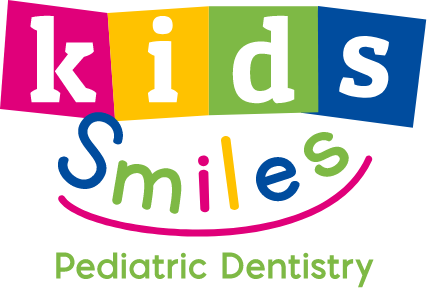Once your child’s permanent teeth start to emerge, you may notice that they aren’t as bright and white as their baby teeth were! This is due to the fact that the top layer of enamel on baby teeth is thinner and whiter than enamel on adult teeth (American Academy of Pediatrics).
If you’re wondering whether you should start whitening your child’s teeth to restore their smile, here’s everything you need to know:
Is it safe to whiten my child’s teeth?
It’s best to wait until all of the permanent teeth have emerged (around age 14) before considering teeth whitening for your child. Even then, we advise that you try natural methods of whitening teeth, or choose treatments with low bleach content.
When there is a mixed dentition of both baby teeth and adult teeth, this tends to make the adult teeth look more yellow in contrast. Once all of the permanent teeth have developed, their smile will appear whiter!
If your child is of age to have their teeth whitened and you’re interested in a treatment, please let us know and we can assess your child’s smile to determine whether it’s the best route.
What causes teeth discoloration?
Discoloration in teeth may be the result of a cavity, trauma or injury, or they can be surface stains from drinking or eating dark colored beverages (like soda and coffee) and artificially-colored food (like candy and popsicles).
This is why it’s important that you and your child visit us for regular check-ups and cleanings every 6 months. We want to ensure that the discoloration is not caused by an underlying factor.
How to Whiten Teeth Naturally
1. Don’t underestimate the power of your toothbrush, tooth paste, and floss!
Discoloration and yellowing in the teeth are often due to negligent oral hygiene. Simply committing to your oral hygiene routine and brushing your teeth after each meal can help restore a healthy smile.
Tip: Encourage your child or teen to carry a smile care kit with a travel-sized toothbrush, toothpaste and floss!
2. Make good beverage decisions.
It’s a good idea to limit food and beverages that are acidic in nature or artificially-colored. Drinks like sodas, coffee and fruit juices and sports drinks are notorious for staining teeth and damaging enamel.
Tip: If your child or teen is craving sweets, encourage them to brush their teeth and/or swish mouthwash after snacking to prevent damage to their teeth.
3. Use whitening treatment sparingly.
If brushing and eating smile-friendly foods aren’t sufficient, consider trying any of these ADA-approved whitening strips. If your teen experiences tooth sensitivity or soreness, do not continue using the strips.
Whitening toothpaste with fluoride can also help to remove discoloration and surface stains. (Fluoride helps strengthen your teeth by making them more resilient to harmful acids.)
Tip: Try one of these six fluoride whitening toothpastes that are ADA-approved!
We can help you make the right decision!
When you visit us, please let us know that you’re interested in teeth whitening. We’ll help you make the best decision for your child, based on his or her age and their oral health. We can recommend a solution that helps your child achieve a bright, confident and healthy smile.
Schedule your child’s appointment with us in Town ‘n’ Country, South Tampa, North Tampa or Bradenton today!


